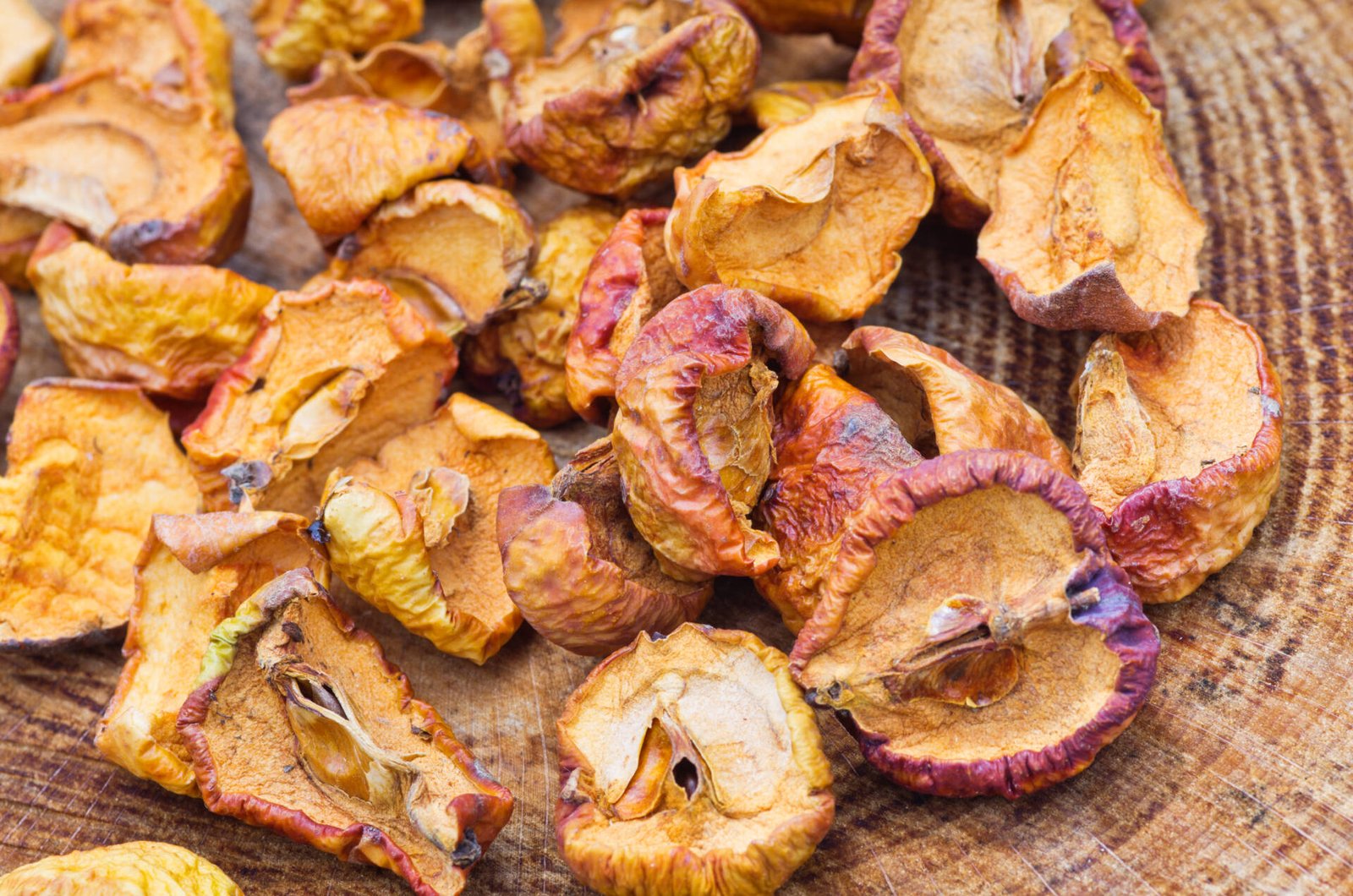Cultural Significance of Kačamak
Kačamak is more than just a traditional dish; it is a vital aspect of the cultural heritage of Montenegrin shepherd communities. Originating from mountainous regions, this hearty meal has deep roots intertwined with the lifestyle and customs of the people living in these areas. The simple ingredients and preparation methods reflect the ingenuity of the shepherds who relied on locally available grains, especially cornmeal, to sustain themselves during the arduous days spent tending livestock in often harsh climatic conditions.
The act of preparing kačamak is a communal task that underscores its importance in social interactions. Typically cooked in a large pot over an open hearth, this dish serves as a focal point for gatherings, bringing family and friends together. The shared experience of enjoying kačamak fosters strong bonds and strengthens community ties. As the pot simmers, stories and traditions are often exchanged, linking generations through their shared culinary heritage.
Furthermore, kačamak symbolizes the connection between people and their environment. It embodies the Montenegrin ethos of simplicity and natural living, where survival is drawn from the land. In this aspect, it serves as a cultural reminder of the values of those living in mountainous regions, emphasizing self-reliance and the importance of community support. As modern influences permeate traditional societies, kačamak continues to thrive, maintaining its status not only as a dish but also as a cherished symbol of identity and heritage among Montenegrin people.
Culinary Process: Cooking Kačamak
The preparation of kačamak is an age-old tradition that embodies culinary skill and a deep connection with the local landscape. When embarking on the cooking of this beloved dish, one should expect to dedicate at least an hour to the process, highlighting the importance of patience and attention to detail. The primary ingredient, cornmeal, requires careful measurement and understanding of the desired texture. During preparation, it is typically combined with water or milk, depending on personal preference, and gently brought to a boil.
One of the key techniques in cooking kačamak is the gradual addition of cornmeal to the boiling liquid while continuously stirring. This ensures no lumps form, resulting in a smooth and creamy consistency. Maintaining a consistent stirring motion is crucial to prevent the mixture from sticking to the bottom of the pot, which could alter the taste and texture. The cooking process ideally takes place over low to medium heat, allowing the flavors to meld effectively. This slow approach not only enhances the taste but also offers moments for reflection and appreciation of the surroundings.
While the kačamak simmers, cooks are often encouraged to step outside and appreciate the natural beauty around them, especially in regions like Durmitor or Komovi, where fresh spring water flows abundantly. This connection with nature is an integral part of the experience, promoting a sense of calm and relaxation that can turn cooking into a delightful ritual. This practice of allowing oneself to engage with the land while preparing food illustrates the cultural significance of the dish. The time spent cooking kačamak is not just about creating a meal; it is about savoring the experience and honoring the culinary traditions that come together in this extraordinary recipe.
Essential Tools and Ingredients for Kačamak
To prepare authentic kačamak, a traditional dish cherished in many cultures, specific tools and quality ingredients are essential. Among the key tools is the kačamar, also known as tucanj. This traditional wooden utensil is specifically designed for mixing cornmeal and potatoes, allowing the proper consistency and texture that defines a well-made kačamak. The design of the kačamar enhances the mixing process, enabling the cook to achieve a smooth, lump-free mixture that showcases the distinctive characteristics of the dish.
Regarding ingredients, cornmeal is the primary component of kačamak. Choosing fine cornmeal ensures that the final product has a velvety texture. In many variations, potatoes are added, contributing to the dish’s creamy consistency and enriching its flavor profile. Using high-quality potatoes enhances the overall taste, and the starch released during cooking is crucial for achieving the ideal texture.
To elevate kačamak further, ingredients such as kajmak and various cheeses play a significant role. Kajmak, a rich and creamy dairy product, imparts a luxurious creaminess that complements the earthy tones of the cornmeal and potatoes. Additionally, cheeses like feta or aged sheep’s cheese may be included, offering a salty contrast that balances the sweetness of the other elements.
Authenticity is paramount in preparing kačamak. Using traditional tools like the kačamar along with original ingredients not only preserves the heritage of the dish but also ensures that the flavors remain true to tradition. Each ingredient makes a distinct contribution, making kačamak a unique culinary experience that transcends mere nutrition. The fusion of these tools and ingredients is what transforms this simple dish into a beloved staple in various cuisines.
Serving Kačamak: A Feast for the Senses
Kačamak is not just a meal; it is an experience that transcends the act of eating. Traditionally served on large wooden plates, it adds to its rustic and authentic appeal. As the warm, steaming kačamak is placed at the center of the table, guests are immediately enveloped by its comforting aroma that tantalizes the senses and evokes memories of home-cooked meals. Its visual presentation, with a creamy texture and golden hue, invites immediate indulgence.
Alongside kačamak are glasses of thick sour milk, serving both as a refreshing contrast to the rich flavors of the dish and a staple beverage in many households. The tanginess of the sour milk complements the earthy notes of the cornmeal, beautifully balancing the meal. Together, they create a harmony of flavors that encourages guests to savor each bite. The act of drizzling sour milk over kačamak not only enhances its taste but also adds an interactive element to the meal, as everyone gathers to enjoy this communal feast.






